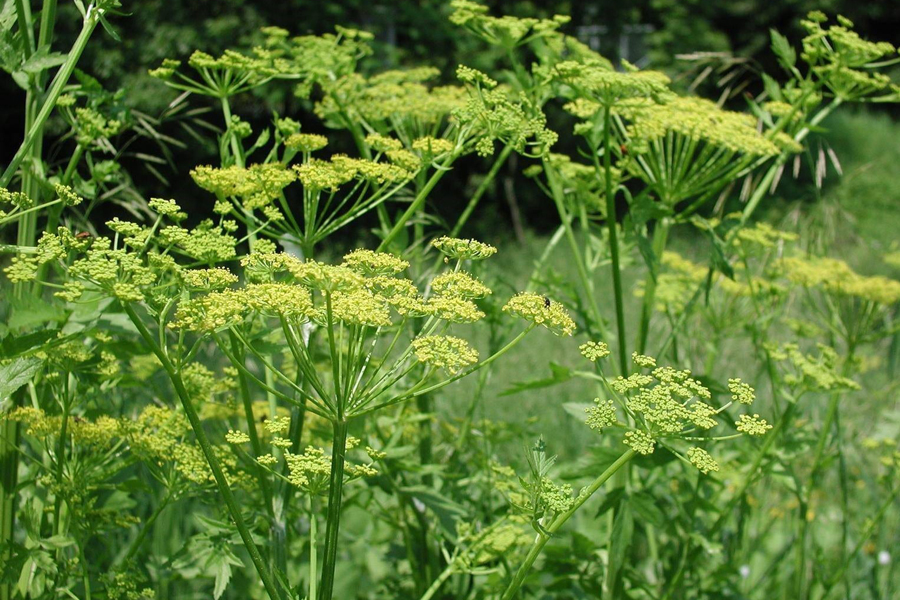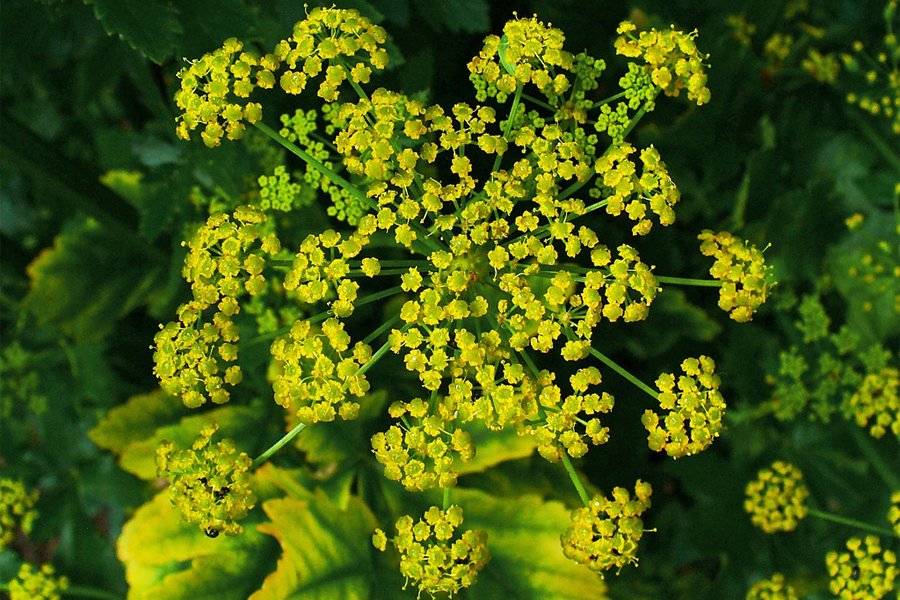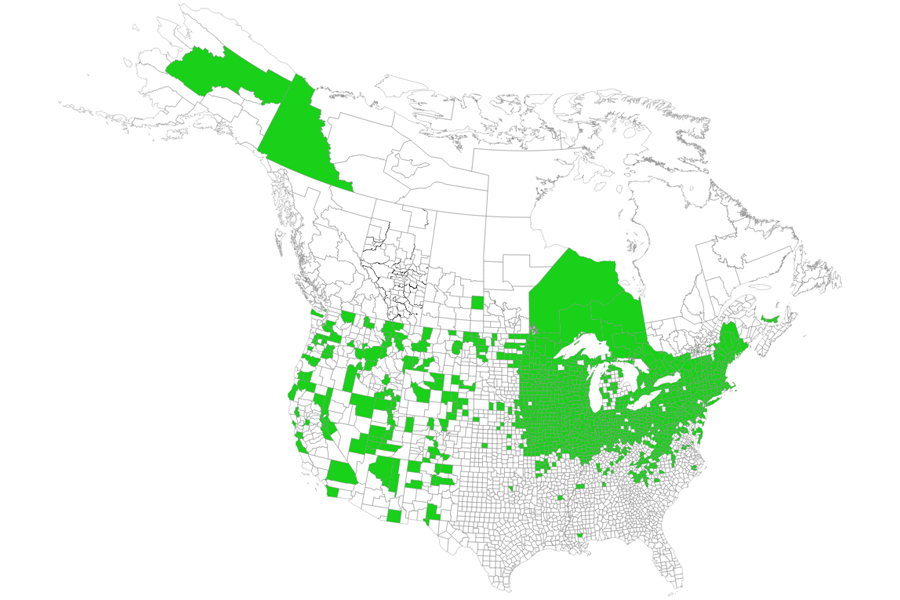When out enjoying nature, it’s crucial to recognize plants which are toxic. Some plants are toxic and cause harm through physical contact, resulting in various skin reactions and injuries.
Plants can cause rashes and irritation. Poison ivy, poison oak, and poison sumac contain urushiol, an oil that triggers an itchy, blistering rash in most people upon contact. Contact with the sap of giant hogweed can cause severe skin irritation, blistering, and increased sensitivity to sunlight, resulting in skin irritation, blistering, and discoloration when exposed to sunlight. The sap of wild parsnip is similar to giant hogweed. Stinging nettles are covered in tiny hairs that inject histamine and formic acid upon contact, causing an immediate burning and itching sensation. Other plants which can cause contact dermatitis include chrysanthemums, milkweed, and fig trees.
Plants can cause mechanical injuries to the skin. The spines of cacti can easily puncture the skin, potentially leading to immediate irritation, pain, and swelling. If not removed completely, spines can cause inflammation, infection, and granulomas. Roses and other plants with thorns or spines can scratch or puncture the skin, leading to wounds that can become infected if not cleaned properly. Plants like prickly lettuce have sharp hairs or bristles and can cause mechanical irritation or break off and embed in the skin.
Wild Parsnip
Wild parsnip (Pastinaca sativa) is an invasive plant, originally from Europe and Asia, that has naturalized in North America. It is known for its potential to cause severe skin reactions upon contact due to the presence of furocoumarins in its sap. These chemicals can cause phytophotodermatitis, leading to burns, blisters, and skin discoloration. Wild parsnip is commonly found in disturbed areas like roadsides, trails, and open fields.
Wild parsnip is a biennial plant, meaning it typically lives for two years, flowering in its second year. It has a long, tuberous, cream-colored root and yellow flowers arranged in compound umbels (flat-topped clusters). The leaves are pinnately compound, meaning they are made up of multiple leaflets arranged along a central stem. Wild parsnip thrives in disturbed areas like roadsides, trails, and open fields. It can also be found in natural areas, pastures, and forest margins. It is considered invasive because it can readily naturalize from garden-grown seed and spread rapidly in disturbed environments.
The sap of wild parsnip contains furocoumarins, which can cause a severe skin reaction when exposed to sunlight. Skin contact with the sap can lead to redness, blistering, and discoloration. Avoid contact with the plant, especially when it’s sunny. Wear protective clothing (long sleeves, long pants, and gloves) if you need to work around it. Stay on trails — avoid areas where wild parsnip is known to grow. Thoroughly clean clothing and equipment and wash any sap from clothing, equipment and pets.
Identifying Wild Parsnip
Wild parsnip is a biennial flowering herb on a single stem that grows to 5 feet tall. Its leaves consist of 2 to 5 pairs of leaflets that grow across from each other along the stem, with one diamond-shaped leaflet on the end — the leaflets are toothed and often shaped like a mitten. It features yellowish-green flowers which form umbrella-shaped clusters from 4-8 inches across; flowers bloom in June and July. Its stem is green, 1-2 inches thick, and smooth with few hairs. Other members of the carrot family, including cow parsnip, angelica and Queen Anne’s lace, are often misidentified as wild parsnip.
Wild parsnip tolerates a range of soils and moisture levels but requires sun. It’s often found in open areas, pastures, fields, roadsides and disturbed areas. Wild parsnip is widespread throughout the United States except in Florida, Georgia, Alabama, Mississippi and Hawaii.
Wild parsnip spreads aggressively through seeds carried by wind, water and equipment. Stem, leaves, and flowers contain chemicals that can increase skin sensitivity to sunlight and cause severe rash or blistering.
Additional Information on Wild Parsnip
Don’t eat this type of parsnip! University of Minnesota Extension
Invasive species: Wild parsnip. Michigan Invasive Species
Wild parsnip. Cornell University Weed Identification
Wild parsnip. Invasive Species Centre
Wild parsnip. Minnesota Department of Agriculture
Wild parsnip. Minnesota Department of Natural Resources
Wild parsnip. New York Invasive Species Information
Wild parsnip. Ontario Invading Species Awareness Program
Wild parsnip. University of Vermont Extension
Wild parsnip. Wisconsin Department of Natural Resources
Printable Information on Wild Parsnip
Be aware of wild parsnip. Minnesota Department of Transportation
Wild Parsnip. Michigan.gov
Wild Parsnip. New York State Department of Environmental Conservation







